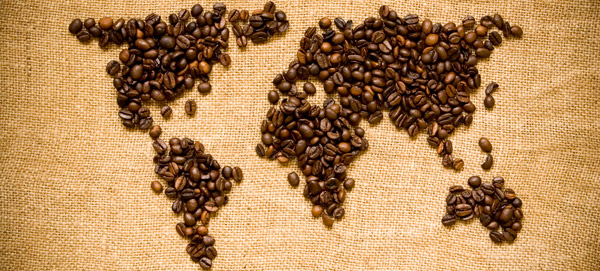9th century
Circa 850 AD – Legend has it that the Ethiopian goatherd Kaldi once noticed his goats frolicking excitedly on the mountainside around a thicket of red berries. The next day, when he let them graze, Kaldi’s goats continued to search for that red-fruited bush. It was not until a few centuries later that Ethiopian farmers began to grow and use coffee beans by eating or fermenting in alcohol.
14th century
Slave traders brought coffee from Ethiopia to the Arabian region.
1475 – The world’s first coffee shop was born in Constantinople.
16th century
1511 – The Prime Minister of a Muslim country, Khair Beg, bans coffee for fear it will provoke objections due to the laws he has laid down. As a result, he was murdered by the Sultans.
1570 – Along with cigarettes, coffee first appeared in Venice
Early 17th century
1600 – Coffee from the port of Mocha in Yemen is exported to Europe to supply the coffee shops that were very popular in the Netherlands, England and France at the time. Since then, coffee has gradually browned the whole of Europe.
1645 The first Italian cafe opens in Venice
Early 18th century
1700 – The Dutch and French invaded and colonized the islands of Java and Martinique, beginning to grow coffee here. Most of the coffee that we grow today is Arabica beans originating – from Ethiopia through Yemen.
1714 – Café officially appeared in America
19th century
1822 – The first espresso machine is created in France
1850 – A French Catholic brought coffee to Vietnam.
20th century
1900s – Coffee is classified as a commodity with economic value, bringing the highest profit in the world, second only to oil. Not only that, it has also become a popular drink in the world, just after water.
1971 – Starbucks opened its first outlet in Seattle
Vietnamese Coffee
Introduced to Vietnam by the French Catholics in the 1850s. Vietnam has become the second largest coffee exporter in the world, after Brazil.
Producing between 800,000 and 1 million tons of coffee per year, but Vietnam consumes only 10% of this amount. The rest is exported to the world mainly by famous instant coffee manufacturers.
Most of the coffee in the country is produced by households with a planting area of about 2-5 hectares/household. State-owned companies account for about 15% and coffee is grown on larger farms.
Buon Ma Thuot, Dak Lak and the Central Highlands are famous coffee producing regions in Vietnam.
Robusta is a coffee bean that is grown mainly in Vietnam due to its specificity in geography, climate and altitude above sea level. The Government is planning to replace the cultivation of Robusta with Arabica in suitable areas. Although the Arabica coffee line has a lower output, if calculating the same amount, the profit will be twice as much, but if calculating the same amount, the profit will be twice as much as that of Robusta.
With more than 150 years of inheriting the coffee culture, Vietnamese gourmet coffee lovers have been making coffee a part of Vietnamese culture. They sat chatting, watching the strong coffee drops fall, the only choice left was just adding ice, condensed milk, or both.
